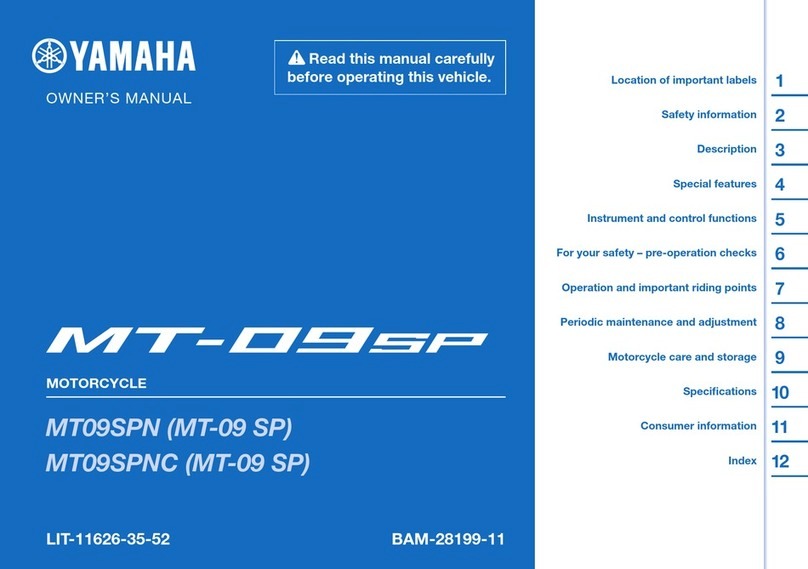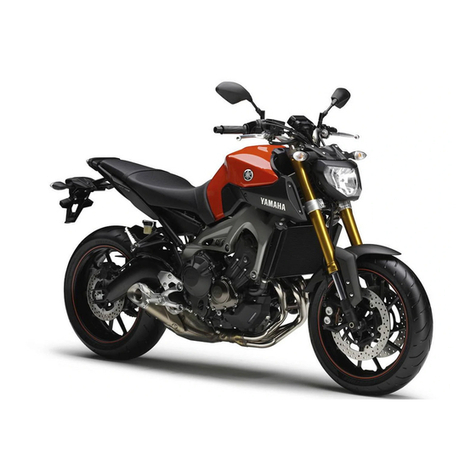Yamaha diversion 900 XJ900S User manual
Other Yamaha Motorcycle manuals
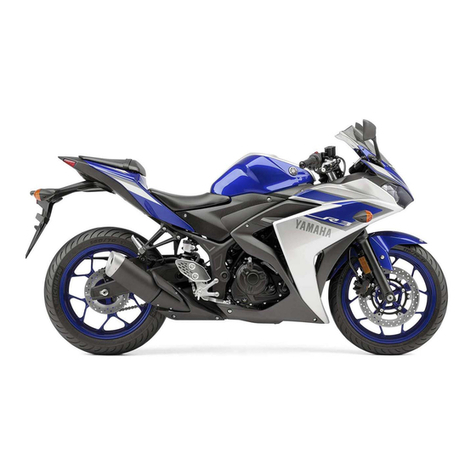
Yamaha
Yamaha 2015 YZF-R3A User manual
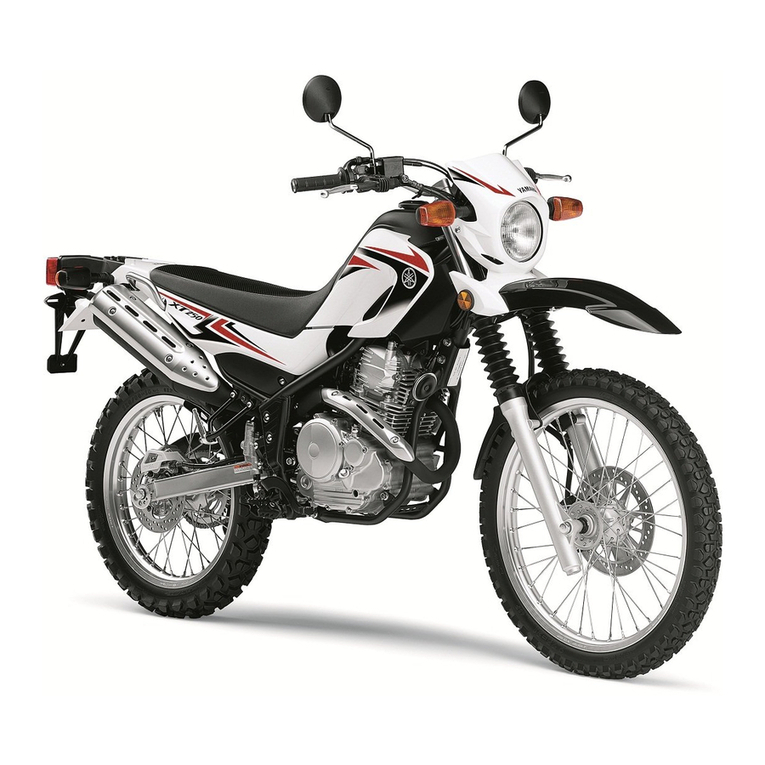
Yamaha
Yamaha XT250 User manual
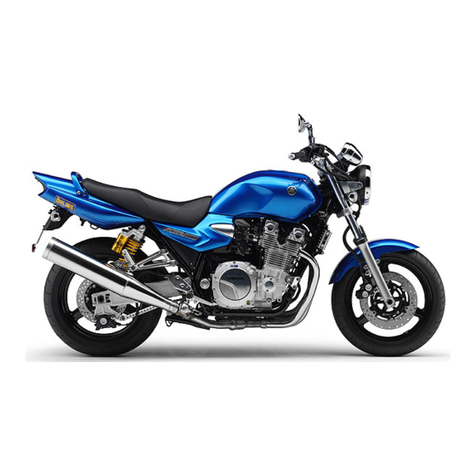
Yamaha
Yamaha XJR1300 User manual
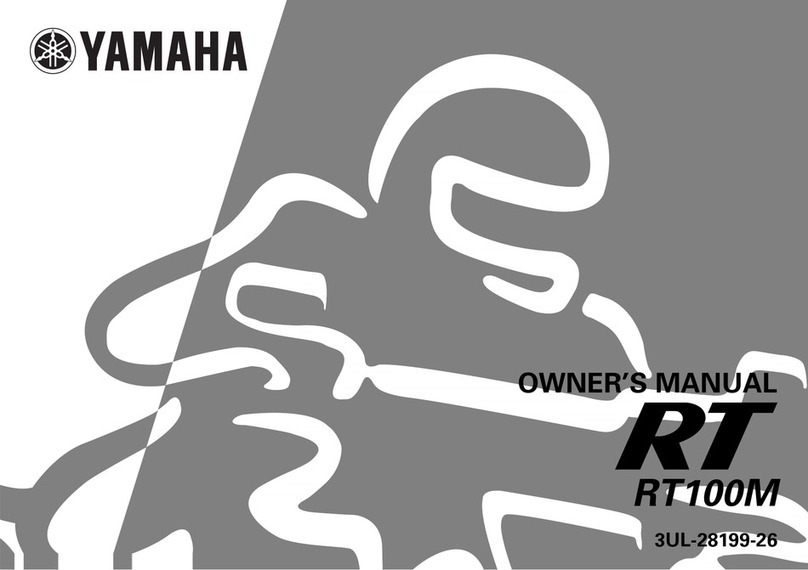
Yamaha
Yamaha RT100M User manual
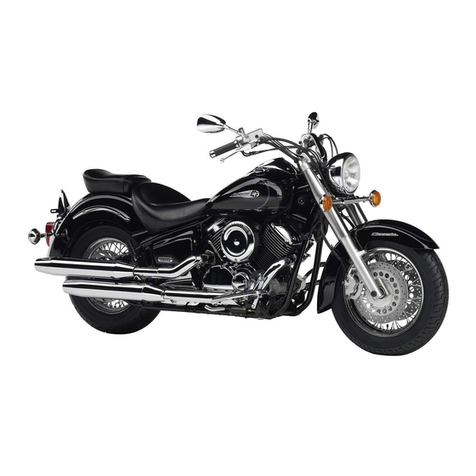
Yamaha
Yamaha DragStar XVS1100 User manual
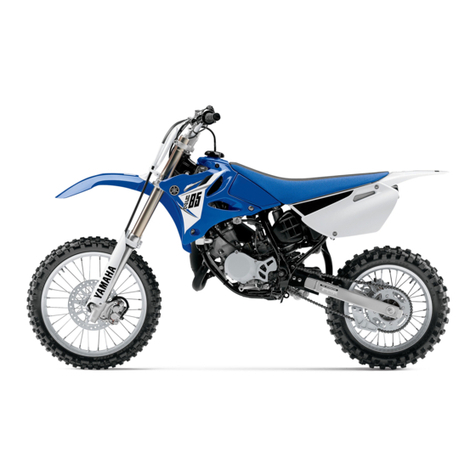
Yamaha
Yamaha 2014 YZ85 User manual
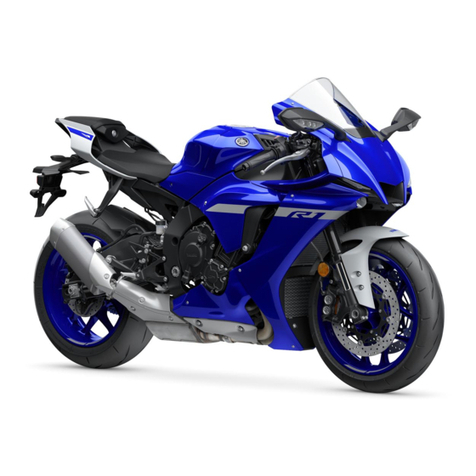
Yamaha
Yamaha YZF-R1 User manual
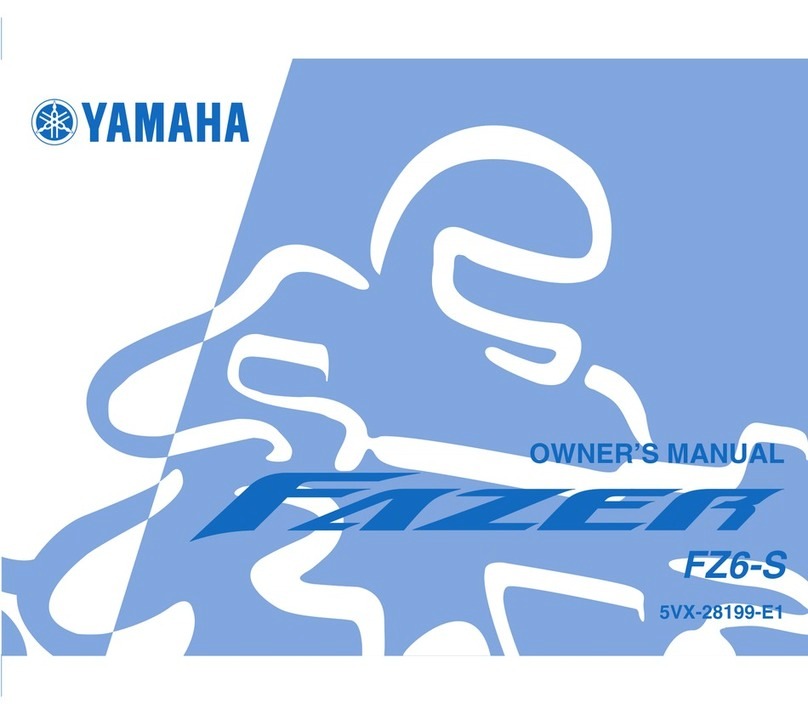
Yamaha
Yamaha Fazer FZ6-S User manual
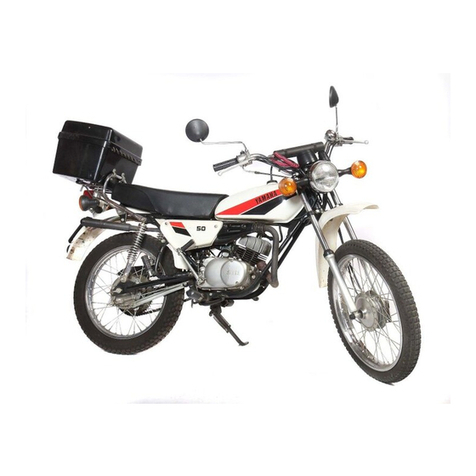
Yamaha
Yamaha DT50M User manual
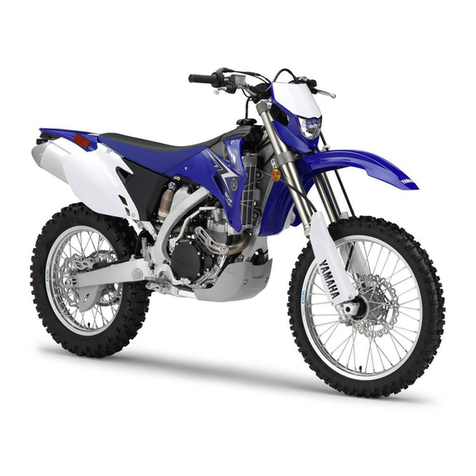
Yamaha
Yamaha 2011 WR250FA Application guide
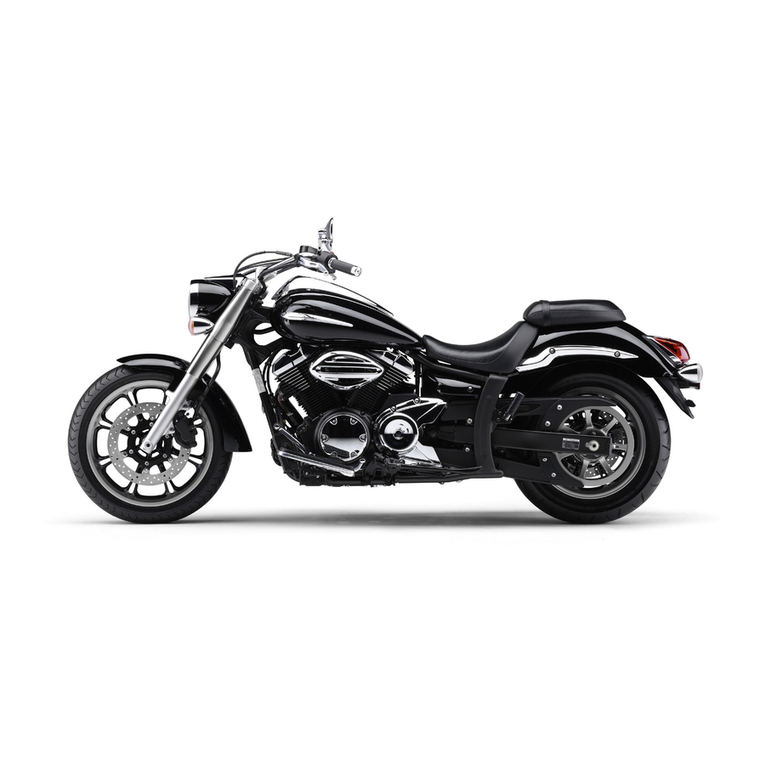
Yamaha
Yamaha STAR XVS950 User manual

Yamaha
Yamaha YZF-R125 User manual
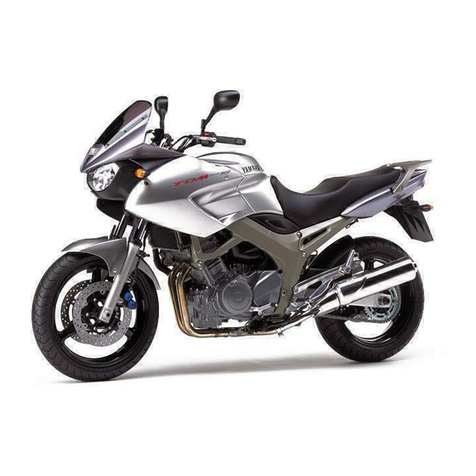
Yamaha
Yamaha TDM900 User manual
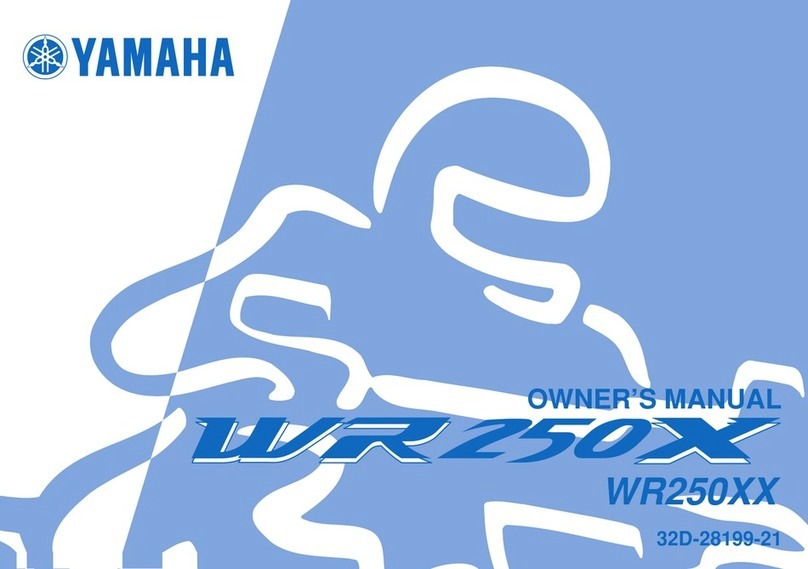
Yamaha
Yamaha 2008 WR250XX User manual

Yamaha
Yamaha DT200R User manual
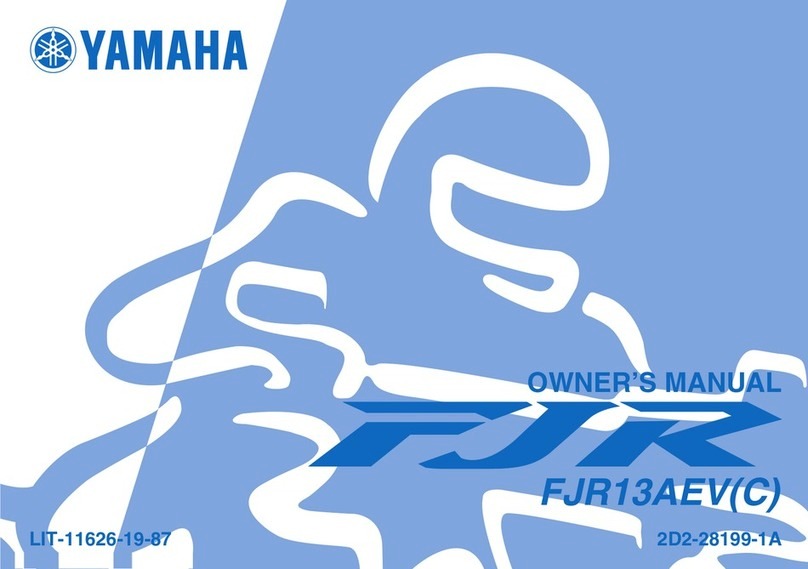
Yamaha
Yamaha FJR13AEV(C) User manual
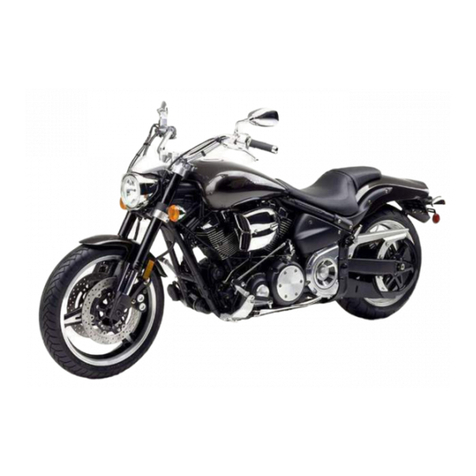
Yamaha
Yamaha XV1700PCR Road Star Warrior Manual
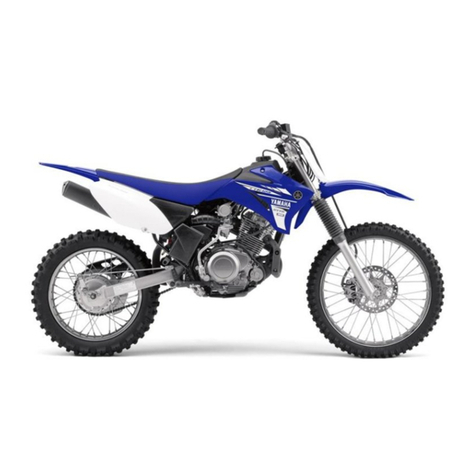
Yamaha
Yamaha TT-R User manual
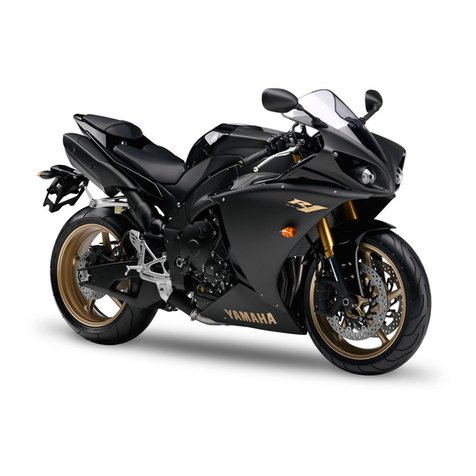
Yamaha
Yamaha 2011 YZF-R1B User manual
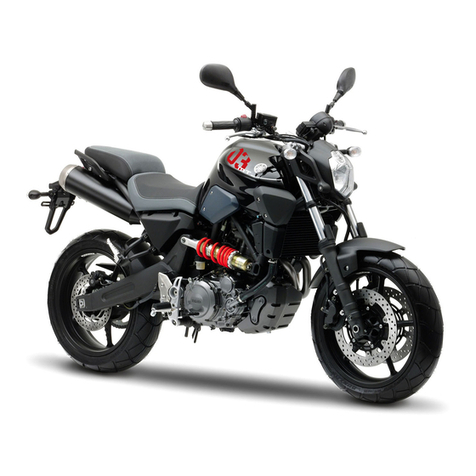
Yamaha
Yamaha MT-03 User manual
Popular Motorcycle manuals by other brands

MV Agusta
MV Agusta Brutale 675 Workshop manual

APRILIA
APRILIA RSV MILLE - PART 1 1999 User manual content

Royal Enfield
Royal Enfield Himalayan 2018 owner's manual

SSR Motorsports
SSR Motorsports Lazer5 owner's manual

MOTO GUZZI
MOTO GUZZI 2005 Griso 1100 Use and maintenance book

KTM
KTM 85 SX 19/16 owner's manual


